Self-publishing your book is a viable option for launching and distributing your writing to the reading public. Take the first steps and learn how to self-publish a book. We also cover the pros and cons of indie publishing vs traditional publishing, and more:
What is self-publishing?
Self-publishing means, effectively, that you produce and distribute copies of your book in print and/or digital formats. You do so without the help or involvement of a traditional publishing house such as one of the ‘Big Four’ (formerly five) publishers (Penguin Random House, Macmillan, Hachette Book Group and HarperCollins).
Self-publishing (AKA ‘indie publishing’) is a viable way to sidestep some of the challenges and frustrations of traditional publishing.
This is not to be confused with ‘vanity publishing’. This entails paying a company to produce copies of your manuscript. This is often done with the cheapest possible production values (such as stapled bindings) and a more limited (e.g. ‘for friends and family’) run.
Vanity publishing is a viable option for sharing a personal project with a small, non-commercial audience. However vanity publishing is a minefield for unscrupulous companies that may overcharge and have virtually no selection criteria. Have a read of what Now Novel social media followers have to say about vanity publishing.
If your main aim is to get a story into a physical format for a small, existing audience (such as friends and family) at the lowest cost, this may be an option, but do your homework to avoid scams.
Romy Sommer breaks down self-publishing in easy to understand terms in the short preview from our monthly subscriber webinars below:
Self-publishing vs traditional publishing: What’s the difference?
In the traditional publishing model, there are several pros which is why many authors still cleave to this route:
Pros and cons of traditional publishing
The pros of being traditionally published include:
- Clout (being able to say you landed a book contract with a ‘big deal’ publisher). It’s a confidence-inspiring seal of approval to have in your author byline.
- Access (the Big Four publishers have undeniable access to distribution networks and stores that indie authors seldom have alone).
- Rigorous standards – the biggest publishing houses typically have crack teams from editing to marketing who know your genre’s market well. That does not guarantee your editor will be a great fit, though.
At the same time, there are cons to traditional publishing:
- ‘Clout’ comes with gatekeeping. Big publishers are primarily in the business of selling books. So there is a degree of pandering to the moods (and blind spots) of bigger markets. This can be exclusionary to leftfield themes, subject matter, style.
- ‘Access’ does not necessarily translate to having say or having sway over process (as hybrid-published Now Novel coach Romy Sommer shared in her webinar, ‘How Publishing Works’).
- There’s a thin line between ‘rigorous’ standards and gatekeeping.
Pros and cons of self-publishing
Pros of self-publishing or being an indie author include:
- Control/sway: Being the publisher of your own work, you have much more say over professional aspects from cover design to titling. You choose which platforms you use.
- Flexible revenue structures: Depending on the publisher’s payment model, in traditional publishing your royalties may dwindle substantially over time due to the structure of your agreement. This of course can happen with self-publishing, but you are not locked into an agreement for a set period of time.
- Comparable standards: If you hire good editors, cover designers, formatting professionals, and bookmakers (if doing a print run), your self-published novel or non-fiction book can be every bit as polished as a traditionally published one (ideally, it should be).
Cons of being an indie author include:
- Admin: It’s a lot more admin for you when you do not have the marketing and other muscle of a traditional publisher behind you (but you can always outsource what you want or can afford).
- More limited access: You will have to open your own doors (but creating a polished book and putting in the work will make that easier).
- Less clout: Some in the book world turn their noses up at self-publishing, lumping it with vanity publishing as having low quality control. That said, self-published authors who do polish their work and sell many copies have been known to land traditional book deals off the back of well-performing indie books (having an indie hit shows trad. publishers proven marketability).
Read pros and cons of self-publishing via Amazon for further things to consider if you are thinking of going the indie route. Read another guide to the pros and cons of self-publishing.
Now let’s explore how to self-publish a book:
How to self-publish a book: 9 steps
- Write, rewrite and finesse your book
- Share with trusted beta readers
- Choose a book title that works
- Hire good editors
- Get cover design done by professionals
- Format your indie book right for your vendor
- Create a business plan (pricing, promo strategy)
- Create your own imprint name
- Get an ISBN if you are doing print (or want to)
Launch Your Book Confidently
From the initial manuscript to a beautifully published book on Amazon, we’ve got you covered with editing, proofreading, formatting, and an exclusive 21-week publishing course.
GET PUBLISHED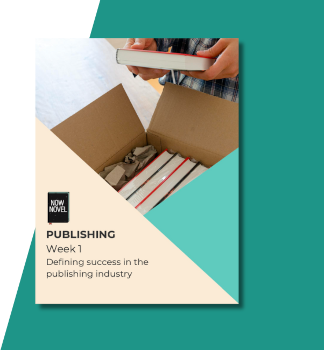
Write, rewrite and finesse your book
‘Well, DUH!’ you might say. Of course you have to write a book first to self-publish.
Yet writing is hard. Writing is up and down. It’s sitting at a typewriter and bleeding (or not, Mr Hemingway, one hopes).
Writing is also rewriting. It’s a lengthy process when you give it the patience and care that will stand your self-published book a great chance of success.
If you need help during the writing process to get to the end, you could work with an experienced writing coach who works within your genre.
This provides accountability, a sounding board, and most importantly companionship with someone who knows writing style and all the myriad other aspects of process intimately.
Share with trusted beta readers
Whether it’s a gradual beta-reading process as you work with a coach or sharing your manuscript with trusted readers at the end, it’s useful to have a sounding board before you self-publish a book.
There are many benefits a beta reader provides:
- Feedback on what works
- Insight on what doesn’t work or is confusing, unintentionally ambiguous or unclear
- Further inspiration for any necessary rewrites
In creativity, it so often takes a village to finish a work. There’s a reason many plays are workshopped, why oral tradition saw each storyteller embellishing the base plot with their own vision or voice.
Picture your rough or first draft as a house with one window. A good beta reader adds another; shines a little more light in. You can also build an advance reader team that will help provide the first reviews that encourage others to read your book.
Jason Brick provides some handy tips for finding beta readers here.

Learn how to publish and launch
Take steps to launch your book successfully – armed with insights from successful indie authors and publishing consultants.
LEARN MOREChoose a book title that works
What makes a good title? Now Novel analyzed 747 bestsellers’ titles for some clues. Three words and 15 characters turned out to be the average length.
Then again, The Invisible Life of Addie LaRue by V.E. Schwab (which was a publishing success) isn’t exactly pithy (we used this novel as an example for how to write a good book blurb here).
Ideally, your self-pubbed book will have a title that does one or more of the following:
- Teases the nature of your story’s core conflicts, subject matter or themes (e.g. Taken, a kidnapping story)
- Sounds like a title (think of the totemic, epic lilt of Faulkner’s The Sound and the Fury, for example)
How do you find what sounds like a title? Write down a list of titles of books you know well. Try to describe each title’s connection to the story in a sentence. Ask, ‘how does this title sell this book?’ Who’s buying it?
Hire good editors
This is where many self-published books fall down (and a substantial factor in why self-publishing sometimes gets a bad rap).
No book is ready for market without an edit.
There are four primary types of editing service: evaluation or assessment (something akin to a paid, more thorough and systematic beta reader service), copy-editing, developmental editing, and proofreading.
If you are good at polishing your own prose, it’s possible you won’t need to invest in every type. You might get by on just a copy-edit and proof.
Chances are, however, that there are big-picture parts of your manuscript that would benefit from a keen eye for narrative structure. An editor can think about impact at a scene-wide, chapter-wide and story-wide level, and help you elevate your work accordingly.
How can you find a good editor for your indie book?
A good editor should:
- Give carrots where due and (cushioned) honest sticks too (no buttering you up for your money, nor grievously harsh smackdowns)
- Be able to give you a sample edit (though some might not due to opportunity cost and having enough projects lined up to not rely on this as a tool to showcase their skill)
- Understand your genre and (ideally) have an actual interest in – even passion for – your project
In traditional publishing, often what your editor says goes. One advantage of self-publishing is you get much more consultation with an editor often than you may get with a busy, in-house editor who might not provide every in-line explanation you expect.
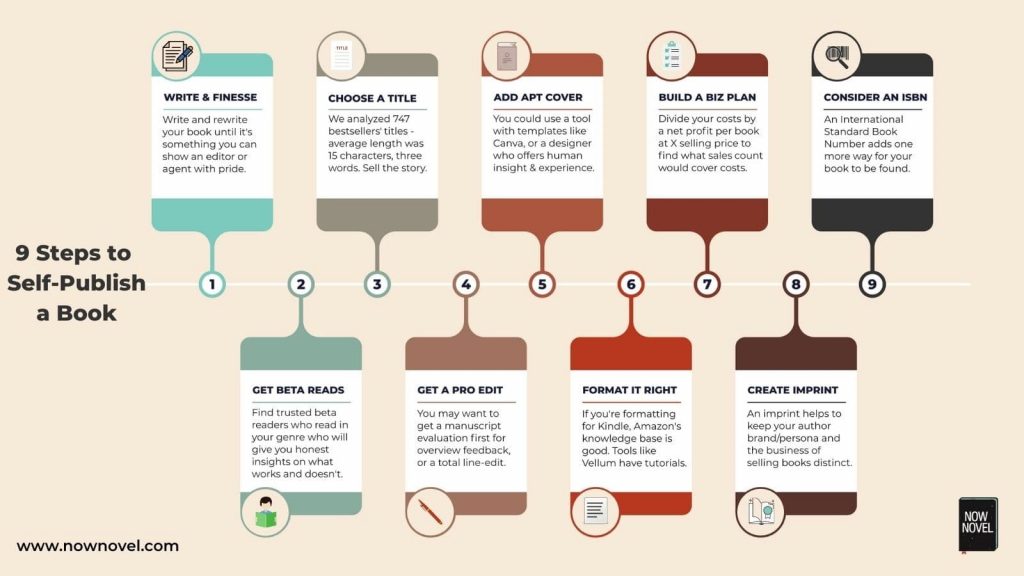
Get cover design done by professionals
Professional cover design will make your book stand out on shelves, be they digital or hardwood.
If you are a designer or visual artist as well as an author, you may prefer to design your own cover.
Free picture editing apps such as Canva have book cover templates that will do in a pinch (but do not have the subtlety, experience, or creative flexibility and ability to interpret your vision that a good human designer has). You can even use AI to find initial composition and other book cover art ideas.
Kelly Morr over at 99Designs has an interesting case study of how the right design can increase visibility of a book by 50% or more.
No matter how much people say ‘don’t judge a book by its cover’, readers can spot titles that have been put together with detail-oriented care and careful consideration.
Over on Creative Indie, Derek Murphy shared how a ‘book cover makeover’ can greatly increase sales of an indie title (provided you are doing something to get eyeballs on the work already). So design doesn’t necessarily need to be ‘one and done’, either.
Format your book right for your vendor
Formatting is a big part of learning how to self-publish a book, as if your actual book is a nightmare to read with inconsistencies in typography, layout and other visual details, it won’t matter how wonderful your story is.
If you’re planning to publish for Kindle, then Amazon’s own knowledge base for eBook manuscript formatting is thorough.
Romy also shared detailed insights on how to format for self-publishing in a Now Novel webinar, available to subscribers.
Vellum is a popular book-formatting tool, and their tutorial is comprehensive.
Create a business plan (pricing, promo strategy)
When you’ve gone to all the effort of learning how to self-publish a book, it makes sense to plan how you’re going to sell it, too.
A business plan for writers naturally differs from, say, a plan a start-up will use to pitch investors.
Vital details to include are your projected costs and how many copies you will need to sell at your chosen price to:
- recoup your expenses
- turn a profit
Joanna Penn’s blog has many useful resources for indie authors on how to market self-published books, such as this discussion on Amazon keywords with Dave Chesson of Kindlepreneur.
Create your own imprint name
When you publish with traditional publishers, you sell your book under their imprint. In the front pages of the book, it says ‘published by’ with information on the publishing house.
When you self-publish a book, you can do so as your author name. Creating your own company name, however, has several benefits, as Dave Woghan, author of My Publishing Imprint: How to Create a Self-Publishing Book Imprint & ISBN Essentials shares:
A name other than your own helps create (and maintain) a public record separate from you the author […] A unique name, with no ties to your own, could help your marketing efforts. It certainly won’t hinder your marketing like the use of your own name as an imprint name might.
Dave Woghan, ‘Why Self-Publishing Authors Should Consider Establishing Their Own Imprint’, on Jane Friedman’s blog.
We interviewed Now Novel coaching alumnus and McGraw-Hill editor Joe Byrd, who established the imprint Giverny Books.
The name of Joe’s imprint ties to the place where the artist Claude Monet (the subject of Joe’s book) lived for forty-three years – Giverny, France.
Get an ISBN if you are doing print (or want to)
What is an ISBN number? It is short for ‘International Standard Book Number’ and is a unique code purchased and assigned to each separate edition or variation of a book.
An ISBN isn’t always necessary for an eBook, but is essential for a print book that will be listed in libraries and databases.
Even though ISBNs aren’t required for ePub or mobi books (ebooks), they do make your digital book more discoverable (another number to find your book in Google wherever it is listed with its ISBN).
The Alliance of Independent Authors has a great article, ‘Publishing: Everything the Indie Author Needs to Know about ISBNs for Self-published Books’ that gives a full account of why an ISBN is useful and how to get one.
What are your questions about indie publishing? Or do you have an experience to share? Sound off in the comments. Get a no-obligation quote for fiction editing and start polishing your manuscript to elevate and finesse your work.
Further resources
Derek Murphy gives some great advice on creating an author site that attracts and converts readers over at Creative Indie.
Jane Friedman is a fount of publishing wisdom and has written a great starter guide to publishing your book.
See our guide to publishing with information on traditional vs indie publishing pros and cons, choosing between smaller and larger presses, writing a good query letter and more.

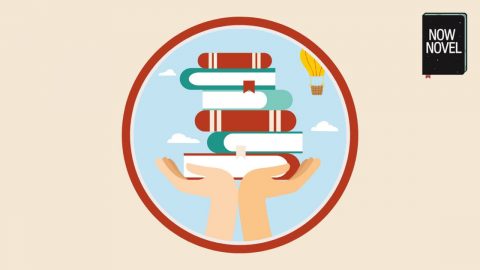
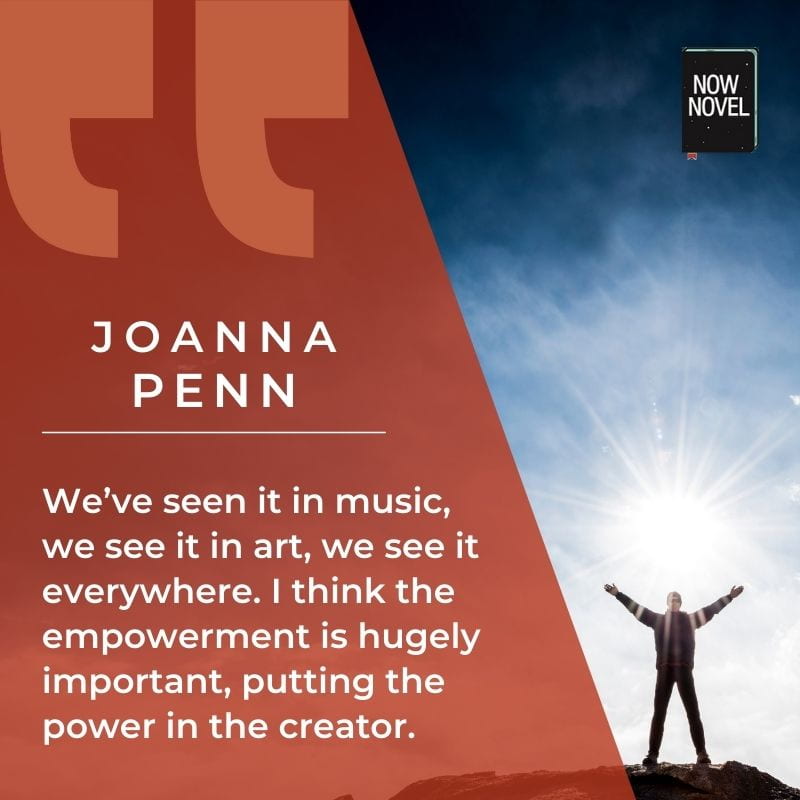
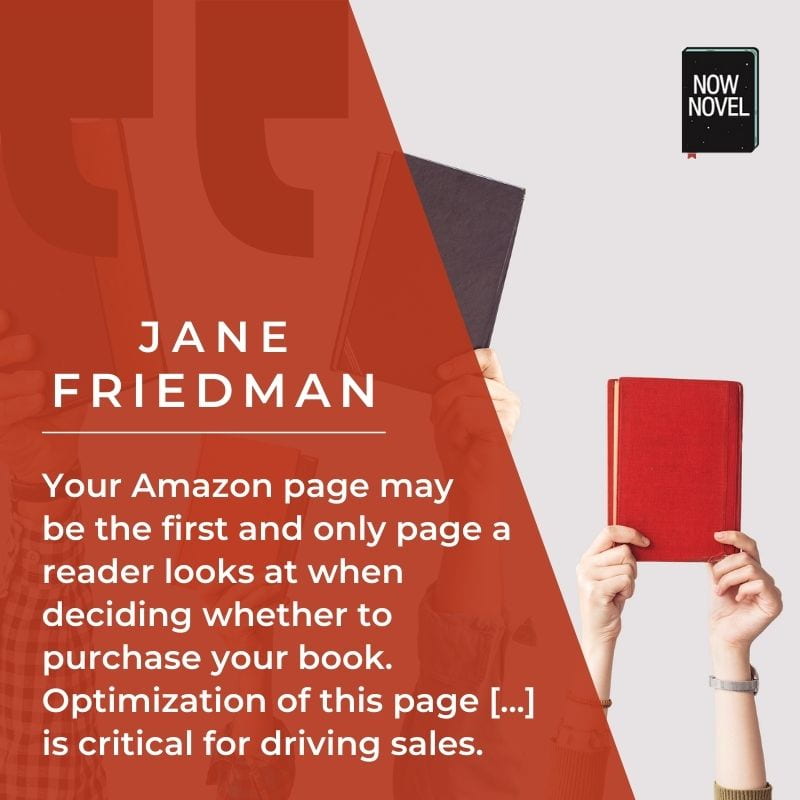
3 replies on “How to self-publish your book: A simple guide”
In regard to getting an ISBN for your print books, Amazon will automatically provide you with one if you opt to self-publish your paperbacks and hardbacks with them. Speaking of self-publishing, you have more control over your content, profits, destiny and book titles if you go this route.
Also, it’s too hard to get a traditional publisher to give you a shot. I self-publish my e-books with Bookrix and my paperbacks with Amazon DTP.
That’s a good tip about Amazon, Todd. Thank you for sharing. It’s true, it takes a long time and often many form rejections to go the traditional route, so indie publishing is a useful option (plus using the time one would spend submitting on book promo instead). Thank you for sharing your thoughts.
[…] How to self-publish your book: A simple guideAre you ready to get your book into the hands of eager readers? Explore this straightforward guide for self-publishing your book and get started now! […]